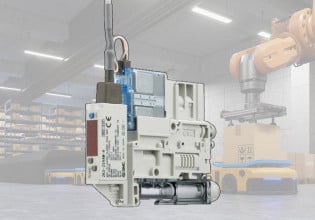A
I am working on a small project for a company that uses Esteem radio modems. They have a repeater site which locks up periodically. The current solution is to place a micrologix 1000 at the site, and check its comms. That is a very simple task for such an expensive piece of equipment. I have other solutions to the problem, but I would like to keep as much of their current configuration the same as possible. I would like to replace the unit with a BASIC stamp from parallax, but I do not know what the PLC sends to the modem in order to check its comms. Since I run a very small business, I dont have a micrologix or the software for it at my own computer. If anyone could give me a hand at finding out what the plc sends out to the modem, it would be apreciated. I'll take anything i can get, string form, hex form... whatever.
Thanks
Al
Thanks
Al






